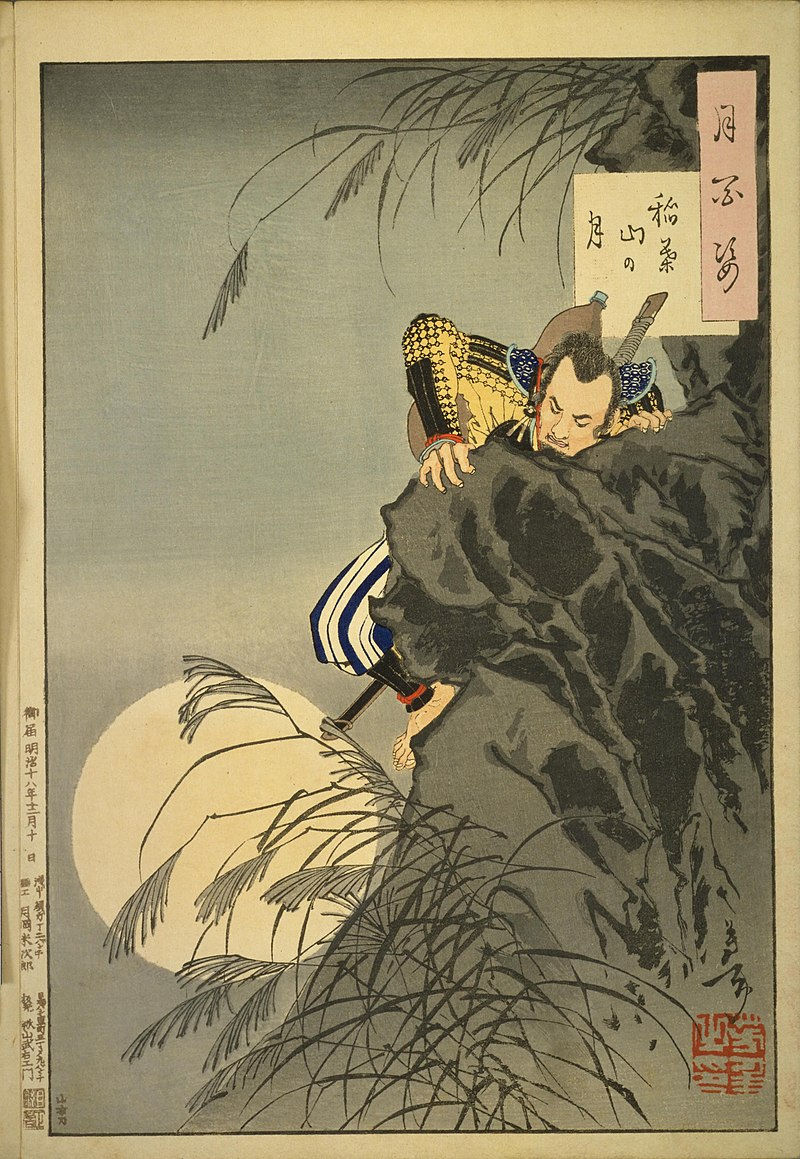Tozama Daimyo
- 2304583d
- Aug 4, 2024
- 2 min read

Definition:
Outer Lords: Tozama daimyo were feudal lords who had not allied with Tokugawa Ieyasu until after the Battle of Sekigahara. Some were former rivals or neutrals who later submitted to Tokugawa rule.
Outer Circle: They were considered outsiders or "outer lords" and were often viewed with suspicion by the shogunate. Characteristics:
Territories: Tozama daimyo controlled larger and more distant domains, often located on the periphery of Japan. These domains were usually more powerful and wealthier than those of the fudai daimyo.
Autonomy: They enjoyed greater autonomy compared to fudai daimyo, as their domains were less strategically critical to the shogunate. However, they were also more closely monitored and distrusted by the Tokugawa authorities.
Limited Political Power: Tozama daimyo were generally excluded from holding key positions within the shogunate government. They were rarely appointed to high-ranking official roles, which limited their influence on central policy decisions. Examples:
Shimazu Clan: The Shimazu clan, which controlled the Satsuma Domain in southern Kyushu, was a prominent tozama daimyo family.
Mori Clan: The Mori clan, which governed the Choshu Domain, was another significant tozama daimyo family.
Political Dynamics and Impact
Balance of Power:
Strategic Placement: The shogunate strategically placed fudai daimyo in critical locations to maintain control over key areas and routes, thereby ensuring loyalty and minimizing the risk of rebellion.
Monitoring Tozama Daimyo: The shogunate closely monitored tozama daimyo, often placing fudai daimyo in adjacent territories to check their power and influence. Sankin-kotai System:
Alternate Attendance: Both fudai and tozama daimyo were subject to the sankin-kotai system, which required them to spend alternate years in Edo (Tokyo) and their home domains. This system helped the shogunate keep a close watch on the daimyo and maintain their loyalty.
Financial Burden: The sankin-kotai system also imposed a financial burden on the daimyo, as they had to maintain residences in both Edo and their home domains, further ensuring their dependence on the shogunate. Role in the Meiji Restoration:
Tozama Daimyo's Leadership: The dissatisfaction among some tozama daimyo with their limited political power contributed to the eventual downfall of the Tokugawa shogunate. Key tozama daimyo, such as the leaders of the Satsuma and Choshu domains, played pivotal roles in the Meiji Restoration, which led to the overthrow of the shogunate and the restoration of imperial rule in 1868.




Comments